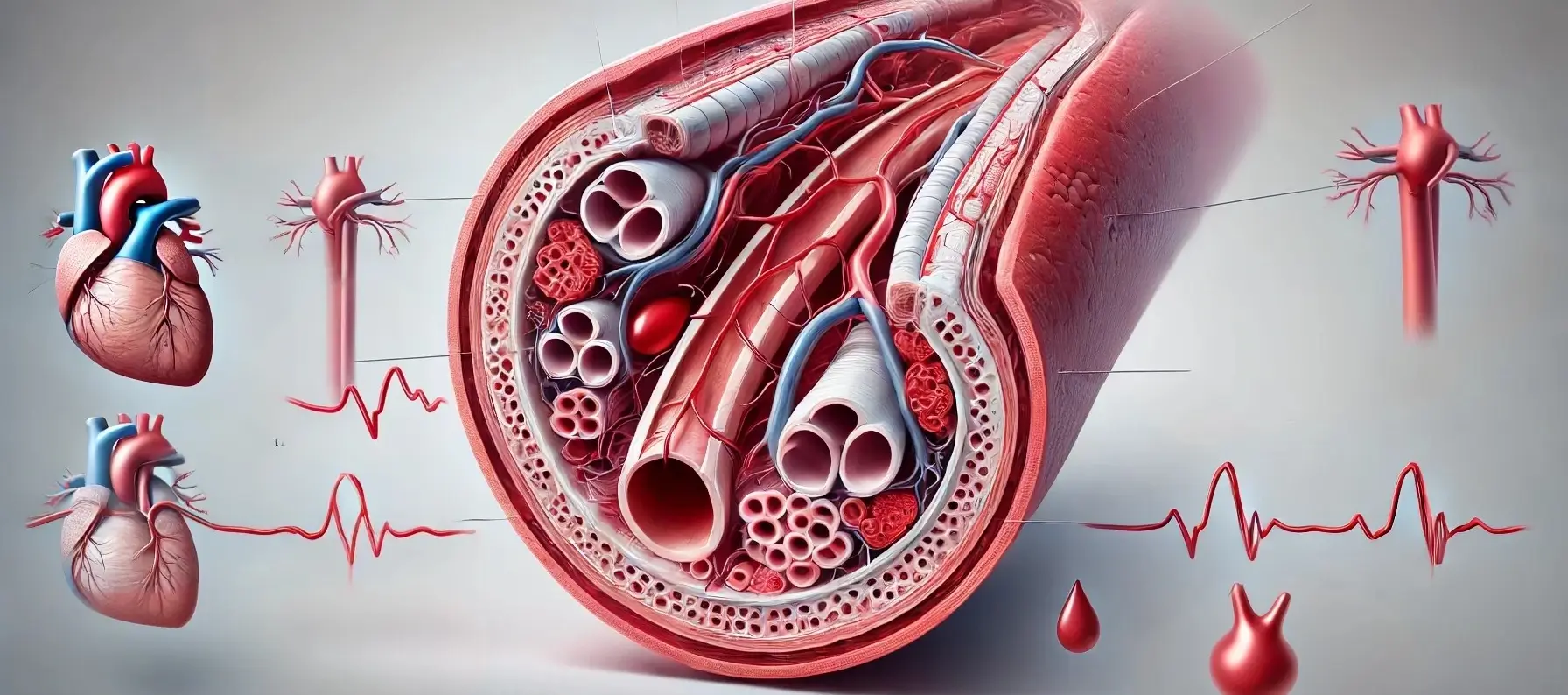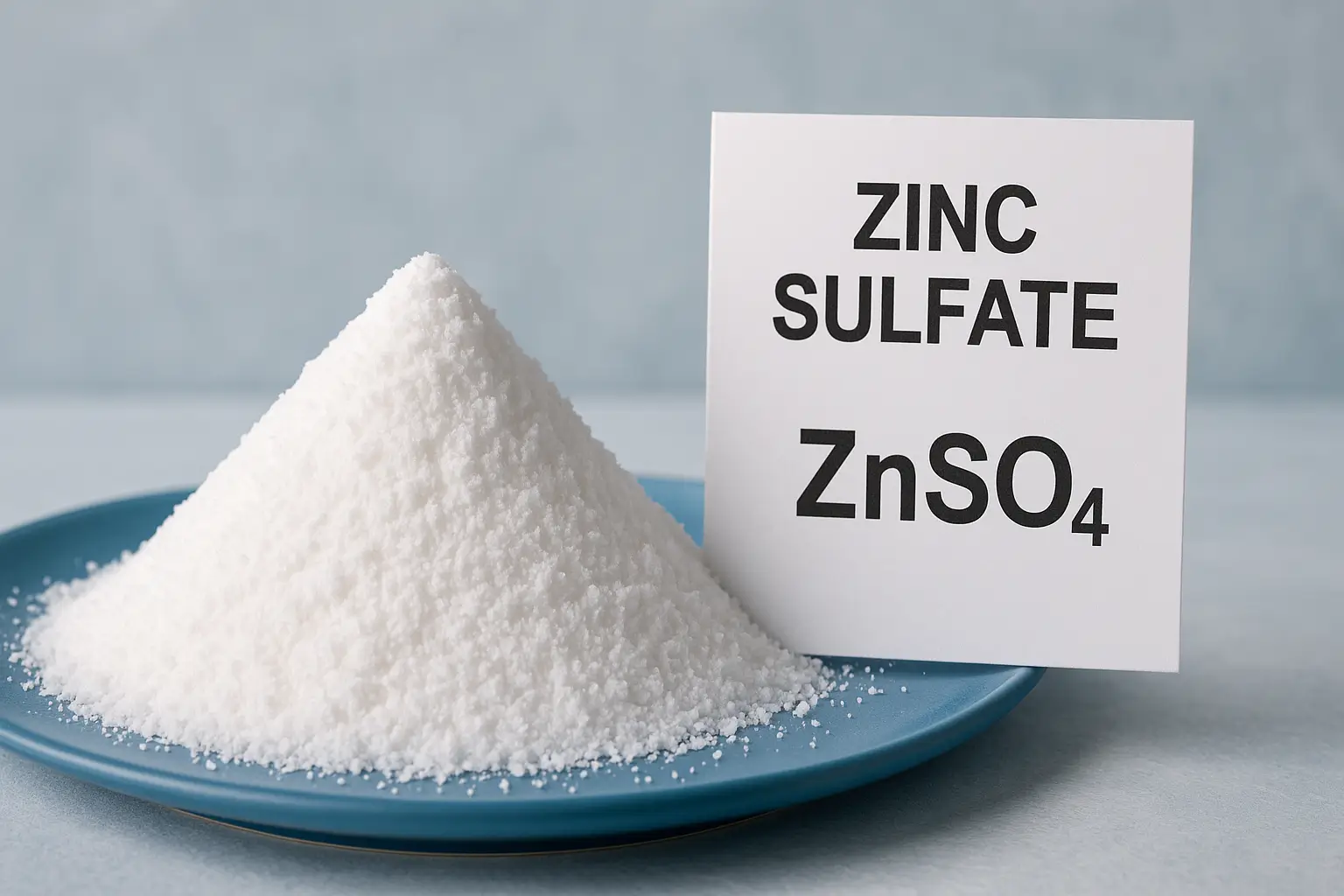Scope and Importance of Microbiology
Scope and Importance of Microbiology Scope and Importance of Microbiology is crucial for understanding and harnessing microorganisms to improve health, agriculture, industry, and the environment. Medical Applications Disease Diagnosis and Treatment: Identification of pathogens and development of antibiotics and vaccines. Epidemiology: Understanding the spread and control of diseases. Environmental Impact Biogeochemical Cycles: Microorganisms play a crucial … Read more










